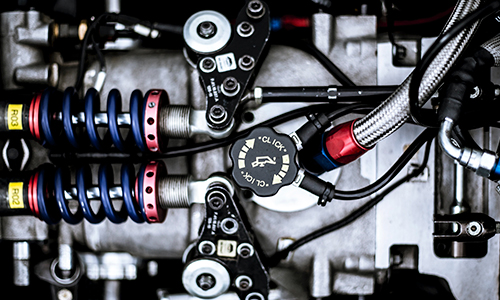The fact that Commonwealth Bank is swimming in cash, but is unlikely to deliver the revenue or profit growth to justify an extension to its record high valuation, is a sound reflection of the broader economy. Its also flush with cash, but has nowhere to earn a respectable return on capital.
The NSW government wants to borrow $10 billion to invest in an overvalued stockmarket, while CBA will hand back nearly $10 billion to shareholders via a $6.5 billion share buyback and $2 per share dividend. The search for a return on investment has reduced CBAs own dividend yield to 3.3 per cent on Thursday.
The banks planned capital returns will reduce its tier one capital adequacy buffer from 13.1 per cent to a pro forma 12.1 per cent to 12.2 per cent. In effect, surplus capital falls from $11.5 billion to $7.5 billion, to suggest investors can expect another significant buyback in the region of $2 billion to $3 billion in financial 2023.
National Australia Bank, which revealed a $1.7 billion June quarter cash profit on Thursday, is to launch a $2.5 billion buyback, while ANZ has committed to $1.5 billion and Westpac is likely to follow.
Overseas at least, share buybacks are a sensitive topic politically because they employ profit to enrich existing investors further, with no real benefit to wider society via productive investment. Buybacks also increase future earnings per share, with a management teams short- or long-term cash bonuses often tied to earnings per share growth as a common performance metric.
Recent Posts
- The Solar System is positively lousy with magnetic fields. They drape around (most of) the planets and their moons, which interact with the system-wide magnetic field swirling out from the Sun.
- Pregnant people cannot register for a Covid-19 vaccine prior to 14 weeks’ gestation.
- Mikel Arteta was not consulted over Arsenal’s decision to appear Amazon’s All or Nothing documentary this season
- Singapore should embrace openness and equip the people with the experience and skills to succeed, said Mr Heng.. Read more at straitstimes.com.
- Down on an atomic level, glass is a jumbled mess of atoms, which makes it easily prone to distortion and cracking. Now, chemists have discovered how to arrange the atoms within glass in such a way, the resulting material can even rival the strength o

